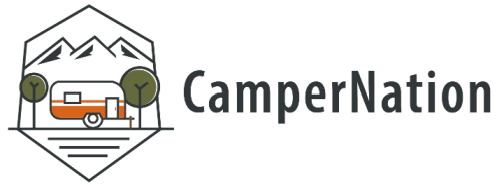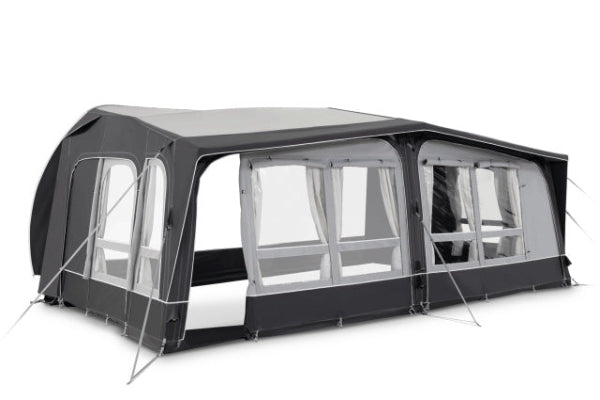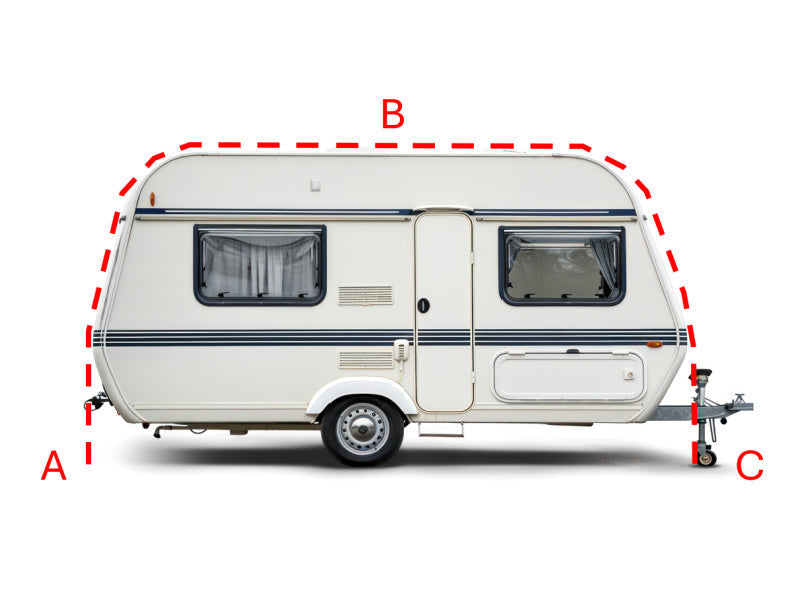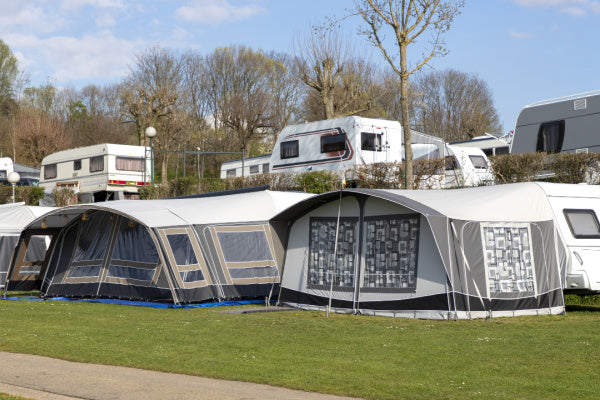How Much Does a Glamping Pod Make?
Thinking of swapping your 9-to-5 for a glamping pod or tent?
Short answer: You could make £10,000 to £50,000+ per year, depending on location, features, and bookings.
But before you quit your day job, keep reading — there’s more to this cosy cash cow than meets the hammock.
The Core Revenue Formula: Nightly Rate x Occupancy
To figure out how much a glamping pod can earn, start with a simple formula: nightly rate multiplied by occupancy rate across the year.
This gives you a baseline to estimate income. It's the most important calculation when deciding if glamping is a profitable venture. Of course, plenty of other factors affect the outcome — but this is where it begins.

Understanding the Two Key Levers of Your Pod's Income
The two main levers that drive your revenue are how much you charge per night and how often your pod is booked.
Both depend on several factors like your location, the time of year, and the quality of your pod. If your pod is in a busy tourist area with standout features, it can earn significantly more.
On the flip side, a rural pod with fewer amenities may bring in less — but could still be profitable with smart pricing.
Why a Higher Nightly Rate Isn't Always the Best Strategy
It might seem like a good idea to charge £250 per night. But if your pod stands empty, you’re not making anything.
Pricing too high can put off potential guests, especially if competitors nearby are cheaper or offer better value.
A balanced pricing approach that reflects the pod’s quality and location usually works best. You want consistent bookings more than the occasional high-paying one.
Determining Your Nightly Rate
What you charge per night depends on a few key elements. These include your region, the season, and what your pod offers.
Rates fluctuate widely, but following market trends can help you price competitively.
Researching Your Local Market and Competitors
A simple way to decide your rate is to look at similar listings nearby.
Basic countryside pods often go for £50–£100 per night. Premium glamping tents or pods in busy tourist zones can reach £150–£300, especially during peak months.
Local research keeps your pricing realistic while identifying opportunities to stand out.
How Amenities Like Hot Tubs and Log Burners Increase Your Rate
Guests are happy to pay more for a few luxuries.
Adding a hot tub, log burner, or stylish kitchenette can bump your nightly rate significantly. These features not only add comfort but create memorable experiences that encourage better reviews.
And more reviews often mean more bookings.

Using Dynamic Pricing for Weekends, Holidays, and Seasons
One static price won’t cut it year-round. Smart owners use dynamic pricing to adjust their rates based on demand.
During school holidays or summer weekends, you can increase prices. In quieter months, offer discounts or package deals to keep the pod booked.
Maximising income often means staying flexible.
Understanding Occupancy Rates
Occupancy is the second half of your income formula — and just as important.
Charging a good price is only effective if guests are actually staying in your pod.
What is a "Good" Occupancy Rate for a Glamping Pod?
The average occupancy rate depends on your pod's location:
-
Rural areas tend to average around 60%
-
Coastal locations may reach 75%
-
National park sites can hit 80%
These numbers offer useful targets when planning your expected income.
How Location, Marketing, and Reviews Impact Bookings
Being near attractions is a clear advantage, but so is great marketing.
High-quality photos, positive reviews, and a professional listing can make a big difference. Guests are more likely to book if your pod looks appealing and well-reviewed.
Location helps, but trust and presentation seal the deal.
The Difference Between Peak-Season and Year-Round Occupancy
Peak seasons — summer and school holidays — are your big earners.
In the off-season, occupancy can drop unless you adapt your offer. Think of winter getaways, cosy retreats, or promotions to attract off-peak bookings.
Consistency year-round separates good income from great.
From Revenue to Profit: The Costs You Must Consider
Managing Your Ongoing Operating Costs (OpEx)
Even if bookings are strong, your profits depend on what’s left after expenses.
Running costs can creep up quickly if you’re not paying attention. Budgeting for these from the outset helps protect your earnings.
Commissions for Booking Platforms (e.g., Airbnb, Booking.com)
Booking platforms often charge 15–20% in commission.
While this takes a bite out of your income, it also boosts your reach. Many guests trust these platforms and are unlikely to find you otherwise.
Weigh the costs against the exposure.
The Cost of Cleaning, Laundry, and Consumables
Every guest stay means cleaning, laundry, and restocking essentials like tea, soap, and loo roll.
These add up — especially in peak season. You might handle these yourself or pay someone else, but either way, factor in the expense.
Utilities, Insurance, and General Maintenance
Don’t forget ongoing costs like electricity, gas, water, internet, and insurance.
Things wear out. Guests break stuff. You’ll need a budget for maintenance and occasional repairs.
Keeping your pod in top shape supports good reviews and keeps guests happy.

A Sample Earnings Calculation: Putting It All Together
Let’s crunch a simple example to see how it all adds up.
Example Scenario: Calculating Annual Revenue
Suppose your luxury pod charges £150 per night, and it’s occupied 75% of the year.
That’s:
£150 x 0.75 x 365 = £41,062.50 in annual revenue.
This assumes consistent pricing and good occupancy throughout the year.
Subtracting Operating Costs to Find Your Net Profit
From that, subtract common costs:
-
Booking fees: ~£6,000
-
Cleaning and consumables: ~£5,000
-
Utilities and insurance: ~£2,500
Total costs: £13,500
Your net profit = £27,562.50 per year.
Understanding Your Return on Investment (ROI)
If your glamping pod cost £35,000 to set up, you'd recoup that investment in a little over a year.
Once you hit break-even, your earnings go straight into your pocket — or towards your next pod.
Other content you might like:
- Why Shouldn't You Touch The Inside Of A Tent?
- How Safe Are Inflatable Tents?
- Do Glamping Pods Make Money?
- Is Glamping A Good Investment?
- What Is The Average Occupancy Rate For Glamping?
- What Is A Good Airbnb Occupancy?
- What Is The Demand For Glamping?
- How Do You Stay Warm In Glamping?
- Can You Sleep With An Electric Heater In A Tent?





Leave a comment